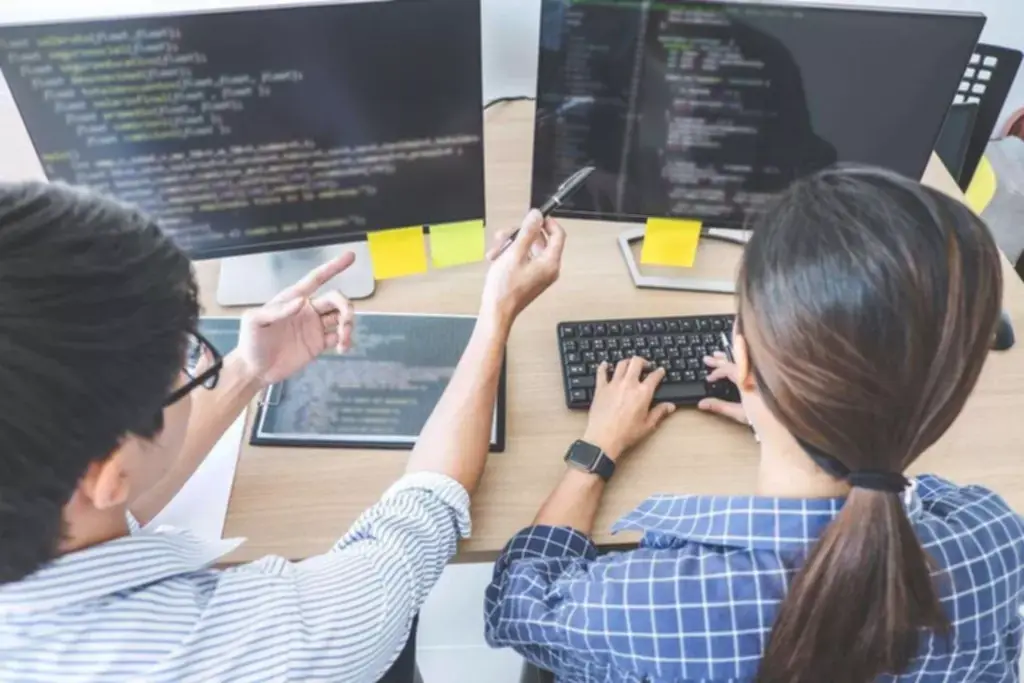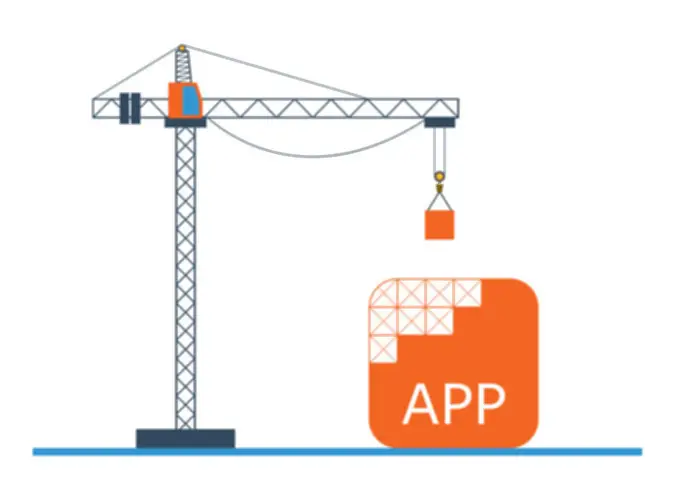Understanding Overfitting And Underfitting In Machine Learning By Brandon Wohlwend
Leverage new applied sciences, foster a data-driven tradition, and enhance efficiency. That means if considered one of your features isn’t capturing as much variation as you think it should, then there will still be plenty of remaining variation across all other features for it to explain. You’d get very good at it, but when asked to strum a brand new song, you’ll discover that what you learned underfitting vs overfitting wasn’t all that useful.

ElevenFour2 Defining, Training And Testing Model¶
Too complicated and the mannequin could overfit, or simply not be in a position to scale, which may limit its practical application. If you’ve constructed AI models, you in all probability know that overfitting is likely one of the most common problems in real world machine studying. Finding a good stability between overfitting and underfitting fashions is crucial however tough to realize in practice.

Bias And Variance In Machine Learning

You have to learn about underfitting and overfitting in machine learning to uncover the explanations behind poor performance of ML fashions. We focus on curating and labeling a various dataset masking various situations, variations, and edge instances. When a model has excessive variance, it is too complicated and captures the underlying patterns and noise within the coaching knowledge. This results in the mannequin performing exceptionally well on coaching information however poorly on new, unseen data, resulting in overfitting. In commonplace K-fold cross-validation, we need to partition the info into k folds. Then, we iteratively train the algorithm on-1 folds whereas using the remaining holdout fold because the take a look at set.
Key Parameters Involved In Improving Mannequin Efficiency
In ML, underfitting and overfitting are widespread points that can negatively affect a model’s capability to make accurate predictions. Understanding the difference between the 2 is essential for building fashions that generalize nicely to new information. As after we prepare our mannequin for a time, the errors within the coaching data go down, and the same occurs with test knowledge. But if we practice the model for a protracted length, then the efficiency of the mannequin could lower as a end result of overfitting, because the mannequin additionally study the noise current within the dataset. The errors within the check dataset start rising, so the point, just before the elevating of errors, is the nice level, and we are able to stop here for reaching a good model.
By coaching we try to find a function that doesparticularly nicely on the coaching knowledge. If the perform is very fleiblesuch as to be able to adapt well to any particulars in the coaching data, itmight do a bit too well. A lot of tuning in deep learning is devoted tomaking positive that this doesn’t occur. Before we will explain this phenomenon, we have to differentiate betweentraining and a generalization error. Due to its oversimplified nature, an underfitted mannequin might wrestle to precisely symbolize the information distribution. As a result, it may fail to capture necessary patterns, leading to poor predictions or choices.
Now that you understand what overfitting is, and the way to detect, prevent, and scale back overfitting, let’s discuss underfitting in Machine Learning. Overfitting can happen for a wide range of causes, the commonest being that a mannequin’s complexity results in it overfitting even when there are large amounts of data. Overfitting is prevented by decreasing the complexity of the model to make it easy sufficient that it doesn’t overfit. They provide an instance, the place the training set is made up of the bulk of the obtainable information (80%), which is used to train the model.
If this model considers data factors like earnings, the number of times you eat out, food consumption, the time you sleep & wake up, gym membership, etc., it’d ship skewed results. Adds absolutely the value of coefficients to the loss function, encouraging sparsity and reducing the influence of less essential features. Regularization applies a “penalty” to the input parameters with the bigger coefficients, which subsequently limits the model’s variance. I imagine u have a minor mistake within the third quote – it should be “… if the mannequin is performing poorly…”. 5) Try a different model – if none of the above-mentioned principles work, you possibly can attempt a different model (usually, the new mannequin must be more complex by its nature). For example, you can try to substitute the linear model with a higher-order polynomial model.
You’re prone to miss chilly snaps in spring or unseasonably warm days in winter. In this analogy, the season represents a simplistic mannequin that does not take into account extra detailed and influential components like air strain, humidity, and wind path. This technique goals to pause the mannequin’s coaching before memorizing noise and random fluctuations from the info. Adding noise to the input makes the mannequin secure with out affecting data high quality and privacy, whereas adding noise to the output makes the info more diverse.
These models fail to generalize and perform nicely within the case of unseen data situations, defeating the mannequin’s purpose. Once a mannequin is educated on the coaching set, you’ll have the ability to consider it on the validation dataset, then compare the accuracy of the model in the coaching dataset and the validation dataset. A important variance in these two outcomes permits assuming that you have an overfitted mannequin.
- Some examples of fashions which may be usually underfitting embrace linear regression, linear discriminant evaluation, and logistic regression.
- Overfitting occurs when a model turns into too complex, memorizing noise and exhibiting poor generalization.
- If there aren’t enough predictive features present, then extra features or options with greater importance, should be launched.
- Finally, the mannequin selection course of involves balancing the bias-variance trade-off to search out the most effective model across the test set and validation set.
- On the opposite hand, when addressing underfitting it’s essential to not go too far within the other path and cause your model to overfit.
Another potential cause for underfitting is that your knowledge isn’t adequate or representative of the problem you are trying to resolve. You can use more knowledge by accumulating, producing, or augmenting extra samples that cover the variability and diversity of the data. This will assist your model to study extra options and patterns that are related and helpful for the duty.
Underfitting is usually seen when the mannequin is just too easy to symbolize the true complexity of the info. We could have a look at the performance of a machine studying system over time as it learns training data to know this objective. We can plot the skill on each the coaching data and a test dataset that has been saved separate from the training process. With the passage of time, our overfitting and underfitting fashions will continue to study, and the model’s error on preparation and testing data will proceed to decrease. Because of the presence of noise and fewer useful details, the overfitting and underfitting model will turn out to be more predisposed to overfitting if it learns for a really long time.
These methods ensure that our mannequin generalizes nicely and doesn’t carry out so properly on the training data that it might fail when tested on new knowledge with completely different characteristics. The reason behind that is that a fancy model requires a high variety of parameters to capture the underlying relationships within the knowledge. If these parameters are not rigorously tuned, they may end up capturing irrelevant features of the info — resulting in overfitting. This kind of error occurs after we construct a very complicated mannequin that tries to be taught too much information from the dataset, which makes it hard to generalize to new info. Overfitting might happen when the mannequin learns too much from too little data, so it processes noise as patterns and has a distorted view of reality. This is why characteristic selection, or utilizing the best training information, is essential to building sturdy supervised studying fashions.
3) Another way to detect overfitting is by starting with a simplistic model that may function a benchmark. With this strategy, if you strive extra complex algorithms, you will have a general understanding of whether or not the additional complexity for the mannequin is worthwhile, if in any respect. A fourth possible reason for underfitting is that your studying fee is simply too high or too low. You can modify the training rate by tuning it manually or utilizing adaptive strategies that change it dynamically based on the progress and the suggestions of the optimization. For instance, you should use momentum, RMSprop, Adam, or AdaGrad as adaptive learning fee methods for various situations and goals.
Transform Your Business With AI Software Development Solutions https://www.globalcloudteam.com/


